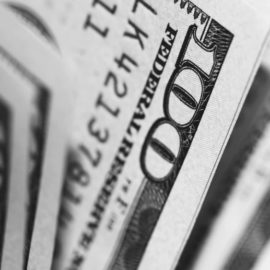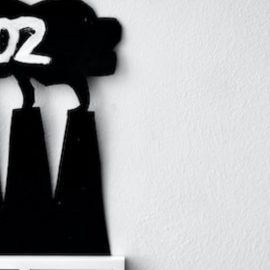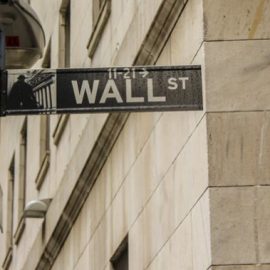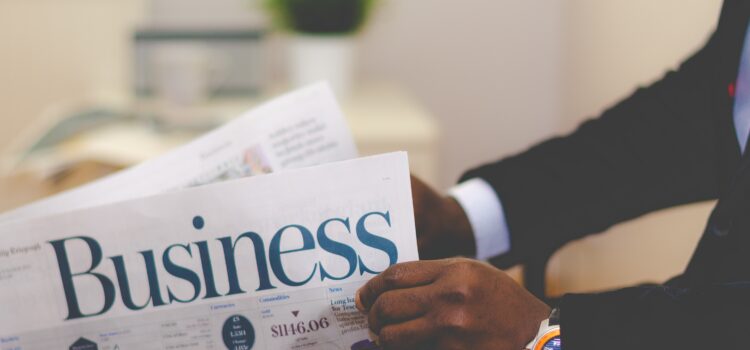
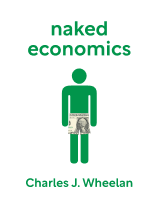
This article is an excerpt from the Shortform book guide to "Naked Economics" by Charles J. Wheelan. Shortform has the world's best summaries and analyses of books you should be reading.
Like this article? Sign up for a free trial here .
What do economists mean when they talk about “asymmetric information”? What role does the asymmetricity of information about products/services play in the functioning of an economy?
In economics, asymmetric information refers to the situation where one party has more information about the product/service than the other. Information, and who has access to it, have an outsized influence on how smoothly an economy runs. A free flow of information allows for easy and smart transactions.
In this article, we’ll explain asymmetric information and discuss its implications for individuals, firms, and economic policy.
Understanding Asymmetric Information
In economics, asymmetric information in economics refers to an information imbalance between buyers and sellers—when one party knows more than the other party in a transaction.
Markets generally favor the party who has more information. To counter information imbalances, people and businesses will try to glean information about what they’re buying from indirect sources. This process affects how people and businesses interact with each other.
Information and Individuals
You’re often at a disadvantage when you make a purchase because the business selling you a product knows more about its quality than you do. You won’t be able to fully judge its quality until after you’ve purchased it—for example, you won’t know if you like a burger until after you’ve paid for it and eaten it. The burger company, however, knows ahead of time what the quality of their burger is; they know how they’ve made it and how other people before you have reacted to it.
To counter this inherent disadvantage, people seek information in a number of ways:
- People trust other customers’ opinions: You’re likely to trust the opinion of other customers over the word of a seller because customers have less of an incentive to lie to you about the quality of an item for sale. This is why people seek out, for example, online reviews when shopping for anything from blenders to hotel accommodations.
- People trust superficial markers of success: When you enter the office of lawyers you’re considering hiring, you’re more likely to think they’re competent if their office is clean and nicely decorated than if it’s dingy and dirty. Similarly, you’re likelier to trust a lawyer in a suit than one in sweatpants.
- People seek out familiarity: People trust things they’ve had experiences with before because they feel they know what to expect—for example, you know what a Burger King burger is going to taste like no matter where you run into the restaurant. This is why people trust familiar brands, and why businesses invest so heavily in building their brands.
Information and Business
Sometimes, businesses can be at a disadvantage because they have less information than their potential customers. This is not such a problem for companies selling goods like shoes because the habits of their customers don’t affect them much beyond that individual sale. However, an imbalance of information can be a significant problem for companies that forge a long-term relationship with a customer, such as insurance companies, which may be affected for many years by the lifestyle choices of their customers. For example, a life insurance company is exposed to more financial risk from a customer who skydives than from one who does not, and it benefits the company to know which customers have such habits.
Such companies can counter their information imbalances by either:
Demanding information: In certain situations, a company might refuse to offer services to a customer unless they have more information. Life insurance companies are a good example of this. They typically require health exams of their potential clients to set a client’s fee structure appropriately, based on their overall health and life expectancy.
Structuring their services to encourage customers to reveal information: A company can’t always demand proof of a customer’s health—for example, health insurance companies are sometimes not legally allowed to. This puts the health insurance company at a significant disadvantage when it comes to setting prices for their plans: If the company offers cheap insurance, and their customers need lots of medical care, the company won’t be able to cover their costs. But if it offers expensive insurance, not enough people will sign up to make the company self-sustaining.
If the insurance company knew which customers are generally healthy and which customers will likely require lots of care, they could offer cheap plans to the healthy people and expensive plans to the sicker people. Naturally, however, the sicker people aren’t going to volunteer this information. So, insurance companies allow their customers to self-select by offering different plans with different deductibles. A deductible is a predetermined out-of-pocket expense that an insured person pays before her insurance kicks in. A person with a $5,000 deductible will pay $5,000 in medical expenses before insurance takes over; a person with a $100 deductible will pay only $100 before insurance kicks in.
Deductibles encourage customers to be honest about how much medical intervention they’re likely to need in the near future. Cheaper insurance plans have higher deductibles, and attract people who anticipate needing few or no medical interventions in the near future and therefore are willing to take the risk of a one-time high medical expense (in this example, having to pay $5,000 if they, say, break their arm) in order to pay overall lower insurance rates. Expensive plans with low deductibles attract people who anticipate going to the doctor more often—for example, an elderly person who has ongoing health problems might want her insurance to kick in after just $100 of out-of-pocket expenses, and will pay a higher annual rate for that benefit.
Information Imbalances Can Lead to Discrimination
Another situation where information imbalance can put a business at a disadvantage is when they interview people for a job: People aren’t always honest in job interviews. In order to figure out what a job candidate might not be telling them, interviewers try to glean information from related sources they think might reveal something useful. Sometimes this can be relatively innocuous, like when an employer thinks a candidate who went to a good school is a good candidate, assuming that the school vetted her. Sometimes, though, this can lead to discrimination, where one party, afraid of what they don’t know about the other party, assumes something based on information that is somewhat related but may or may not be correct in this specific instance.
This is called statistical discrimination, or rational discrimination, and it can lead to discrimination for what appear to be logical reasons. For example, studies show that when an employer wants to avoid hiring someone with a criminal history, she is less likely to hire black men if her company doesn’t conduct criminal background checks as part of the employment process. However, if the company does conduct criminal background checks, her discrimination disappears, and she is as likely to hire black men as other demographics. The theory supposes that with a lack of real information, she relies on related information to try to make informed guesses—in this case, the fact that more black men have criminal backgrounds than other demographics, leading her to believe she is less likely to hire an ex-con if she avoids all black men.
Information and Policy
Governments can also be at an information disadvantage: Individuals know more about their own lives than they’ll let on to the government when remaining silent gives them an advantage. Well-intentioned policies often fail as a result.
For example, in the 1990s, Yale University experimented with a scholarship structure that allowed students to borrow money for their education and pay it back not with a typical payment schedule, but from a percentage of their future earnings. The idea was that students who went on to become, for example, highly paid doctors would subsidize the educations of those who went on to become, say, social workers in low-income areas. In this way, people would not be discouraged from choosing careers devoted to helping others—careers that generally don’t pay well—because of the need to pay back expensive college loans.
Unfortunately, the experiment failed and had to be discontinued because the students knew more about their future plans than did the people running the scholarship, and they selected themselves either into or out of the plan depending on whether or not it would benefit them. Those who planned to go on to high-paying careers recognized that the percentage structure would disadvantage them later, and therefore they opted for other, more traditional loans. The only people left who wanted the scholarship were those who planned to go into low-paying industries, because they recognized that the percentage structure would benefit them later. Without the high earners to subsidize the low earners, the scholarship couldn’t sustain itself.

———End of Preview———
Like what you just read? Read the rest of the world's best book summary and analysis of Charles J. Wheelan's "Naked Economics" at Shortform .
Here's what you'll find in our full Naked Economics summary :
- An explanation of economics that anyone can understand
- How governments and firms can use incentives to foster a healthy economy
- How and why people behave in certain ways

